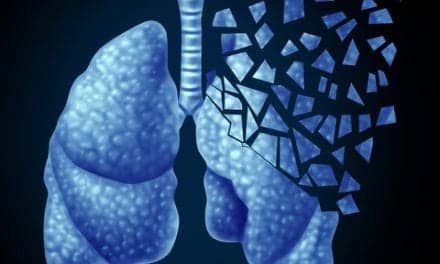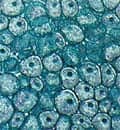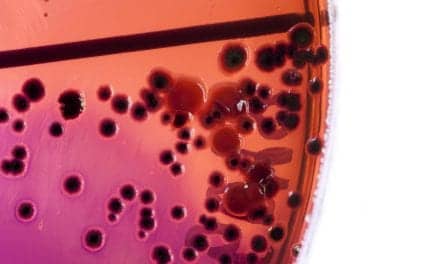Pneumonia patients with normal oxygenation who were treated with an ‘ultrashort’ course of antibiotics compared with a longer course had similar outcomes, new research found.
The study found no clinically significant differences in length of stay, mortality or readmissions among patients treated with antibiotics for 1 to 2 days compared with those treated for 5 to 8 days.
“This study was prompted by our clinical observations that we frequently encountered hospitalized patients that primary teams had started on antibiotics for possible pneumonia, yet on review of their vital signs, their oxygenation levels were normal,” Michael Klompas, MD, MPH, professor of population medicine at Harvard Medical School and hospital epidemiologist at Brigham and Women’s Hospital in Boston, told Healio. Read more here.
Urinary antigen testing and antibiotic guidance for community-acquired pneumonia
Although the use of pneumococcal urinary antigen tests (UATs) was not associated with a decreased rate of treatment with broad-spectrum ß-lactam monotherapy (BSBM) in patients hospitalized with community-acquired pneumonia (CAP), treatment with BSBM was less likely among those with nonsevere disease and positive UAT results. These findings were from a retrospective cohort study published in the Journal of Infection.
This study was conducted in Sweden, where national guidelines recommend pneumococcal UAT for all adult patients hospitalized with CAP. Researchers obtained UAT results from adults hospitalized with their first episode of CAP between July 2011 and December 2014. The researchers assessed the rate of treatment with BSBM vs narrow-spectrum ß-lactam monotherapy (NSBM) among patients on the basis of UAT results. Treatment with BSBM was defined as monotherapy with cephalosporin, piperacillin/tazobactam, or amoxicillin/clavulanic acid, and NSBM was defined as monotherapy with penicillin G, penicillin V, or amoxicillin. They also assessed the rate of atypical antibiotic coverage, defined as treatment with macrolide or quinolone, alone or in combination with BSBM or NSBM. Propensity score and nearest neighbor matching was performed to assign patients who did and did undergo UAT in a 1:1 fashion into subgroups on the basis of patient characteristics. The same method was used to compare antibiotic treatment among patients with positive vs negative UAT results. The primary outcome was patients’ medication regimen at hospital day 3, with multinomial regression used with NSBM as a reference to compare the matched groups. Read more here.
Pandemic linked to misdiagnosis of rare pneumonia
Psittacosis, a rare disease, has been underdiagnosed or misdiagnosed during the COVID-19 pandemic, likely because the symptoms of the disease are similar to COVID-19 symptoms, researchers suggest on the basis of data from 32 individuals. Read more here.










